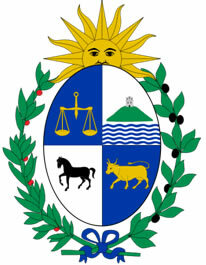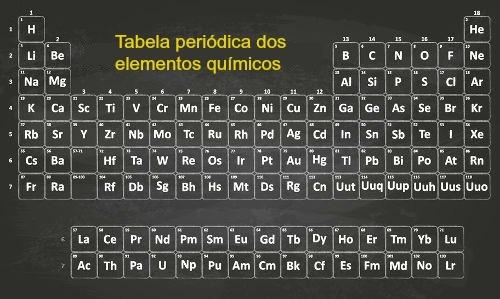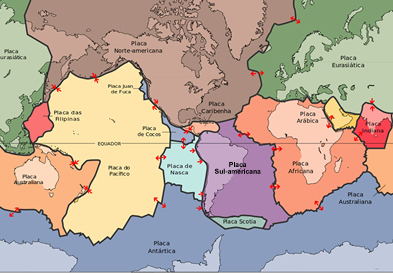Uruguay is a South American country whose territory, bathed by the Atlantic Ocean, borders Brazil (to the north) and Argentina (to the west). The nation, along with Paraguay and Argentina, integrates Platinum America, which is a subdivision of South America.
The Portuguese, during the 17th century, tried to colonize Uruguay, however, they were expelled by Spanish troops. At the beginning of the 19th century, Portugal and Argentina invaded the country, and then Brazilian troops also occupied that country. In 1821, the Uruguayan territory was annexed to Brazil, under the name Cisplatina Province. National independence was proclaimed in 1825, however, it was only recognized in 1828, through the signing of the Montevideo Treaty.
Member of the Southern Common Market (Mercosur), Uruguay has an emerging economy based on agriculture. The nation is a large producer of cereals, corn, wheat, wool and meat, having herds of cattle and sheep. The industrial sector is in constant expansion, with emphasis on the textile and food segments, in addition to the development of the technological industry.
The country has good social indicators, with the Human Development Index (HDI) of 0.765, considered high by the United Nations (UN). The infant mortality rate is 13 for every thousand live births; only 2.1% of inhabitants over the age of 15 are illiterate; malnutrition affects less than 5% of the population.

Coat of Arms of Uruguay
Uruguay data:
Territorial extension: 177,414 km².
Location: South America.
Capital: Montevideo.
Climate: Subtropical.
Government: Presidential Republic.
Administrative division: 19 departments.
Spanish language.
Religions: Christianity 64.6% (Catholics 44.5%, Protestants 13.7%, others 6.4%), no religion 27.5%, atheism 6.3%, others 1.6%.
Population: 3,360,854 inhabitants.
Demographic density: 19 inhabitants/km².
Average annual population growth rate: 0.3%.
Population residing in urban areas: 92.4%.
Population residing in rural areas: 7.6%.
Undernourished population: less than 5%.
Life expectancy at birth: 76.1 years.
Households with access to drinking water: 100%.
Households with access to a health network: 100%.
Human Development Index (HDI): 0.765.
Currency: Uruguayan Peso.
Gross Domestic Product (GDP): $32.2 billion.
GDP per capita: 6,913 dollars.
External relations: World Bank, IMF, Rio Group, Mercosur, OAS, WTO, UN.
See more:
Uruguay - Historical aspects.
By Wagner de Cerqueira and Francisco
Graduated in Geography
Brazil School Team
countries - geography - Brazil School


